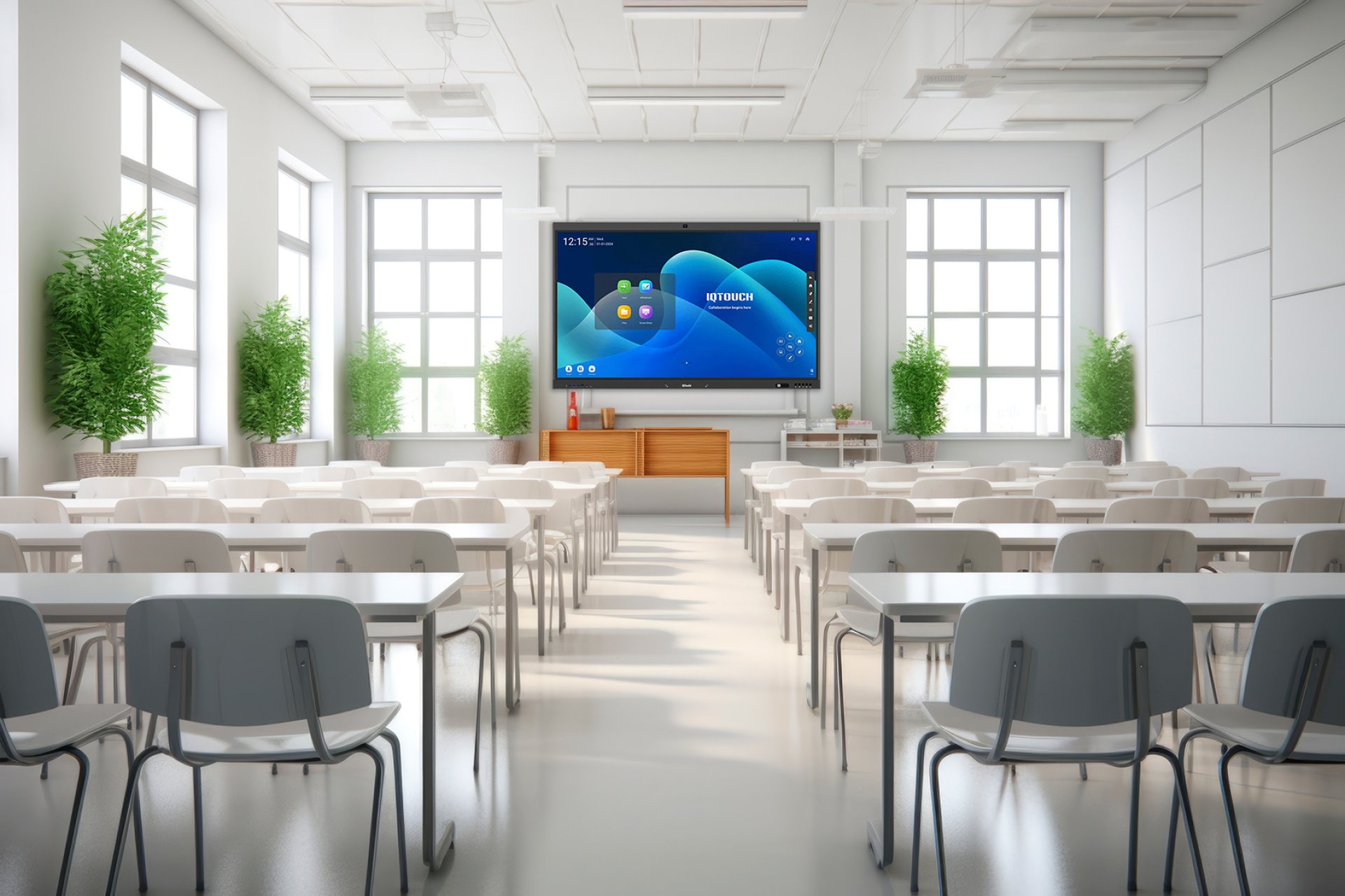The Era of Learning Innovation: The Role of Interactive Boards in Modern Classrooms

The Era of Learning Innovation: The Role of Interactive Boards in Modern Classrooms
In today's era of rapid technological change, traditional teaching methods may no longer sufficiently address the learning needs of the new generation. Interactive flat panels, or interactive boards, have emerged as educational innovations that play a crucial role in modernizing and enhancing the effectiveness of teaching and learning processes.
Interactive boards are large touchscreens equipped with digital pens, allowing learners to engage dynamically with on-screen content through writing, drawing, group work, or presentations. This level of participation and interaction stimulates interest, creates an energetic learning atmosphere, and effectively develops students' analytical thinking skills.
Moreover, interactive boards can easily connect to the internet and other devices, enabling teachers to present diverse and contemporary multimedia learning content while rapidly sharing information with students. With these capabilities, interactive boards not only improve teaching efficiency but also bridge the gap between teachers and learners, fostering an exceptional interactive learning environment.
Importantly, using interactive boards prepares learners for the digital workforce. As students become familiar with technology from an early age, it promotes creative thinking and innovative skills, essential attributes for thriving in the 21st century workplace and life.
Interactive boards represent a significant step in reforming education to keep pace with rapid societal changes. This technology transforms classrooms into interactive learning spaces, enhancing educational experiences tailored to the new generation of learners. It inspires and provides opportunities for students to explore their learning potential, enabling their growth into true 21st-century individuals.


